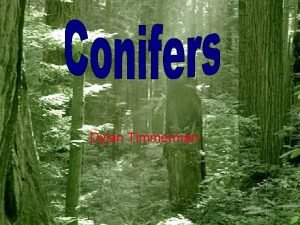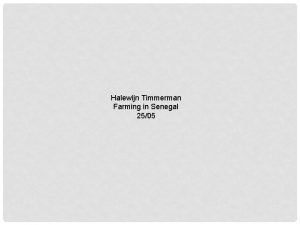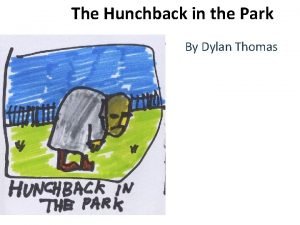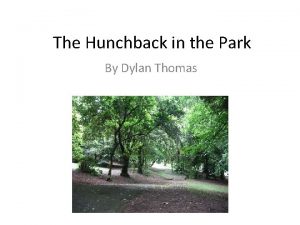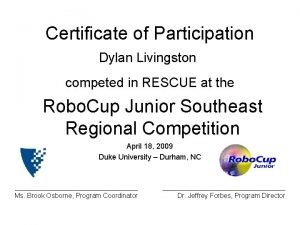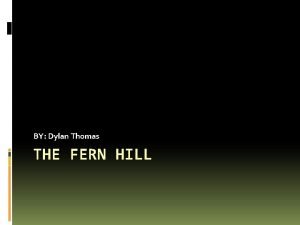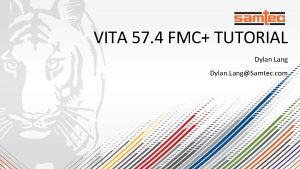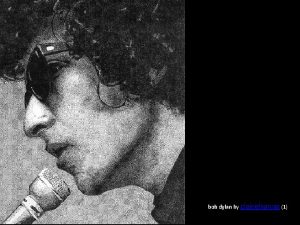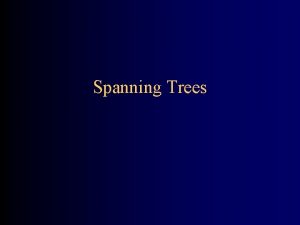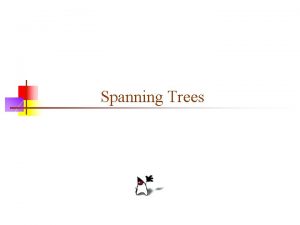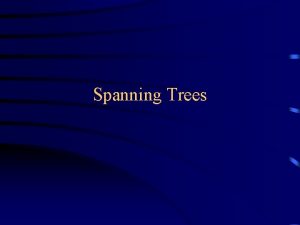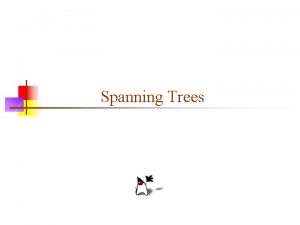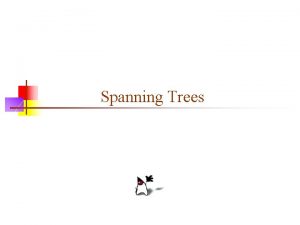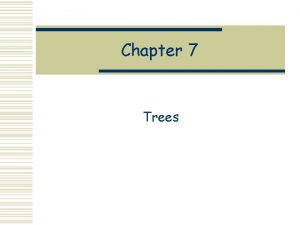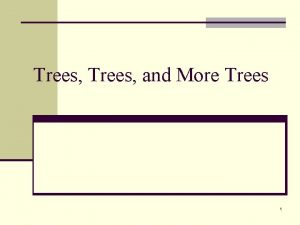Dylan Timmerman Introduction If you have such trees




















- Slides: 20

Dylan Timmerman

Introduction Ø If you have such trees as: l l l l Pine Spruce Fir Cedar Douglas-Fir Hemlock Bald Cypress Ø Then you have conifers!

Characteristics Cone bearing Ø Seed plants Ø Have vascular tissue Ø Tall Ø Leaves or needles mostly in the upper portions of the trees Ø All living species of conifers are woody plants (mostly trees). Ø Monopodial growth Ø

Basic info Ø Conifers are a division of pinophyta. Also known as a coniferophyta or coniferae Ø Conifers are one of the 13 -14 level of taxa in the plantea kingdom Ø Conifers are cone bearing trees l Examples cedars, spruces, and pines Ø There are over 500 different species of conifers

Description Ø Conifers have needles or scale like leaves and cones l They don’t have broad or flat leaves Classified as a softwood Ø Also known as a gymnosperms Ø Plants with “naked” seeds Ø These are considered more primitive than hardwoods Ø They have the ability to lose their needles annually but most are evergreens Ø

Classification Ø Kingdom l Plantea Ø Division l Pinophyta Ø Class l Pinopsida Ø Order l coniferales

Uses Ø Used for: l l Timber Fire Wood Paper Houses for some eco friendly people

The Division Pinophyta Ø Pinophyta contains l l l 8 families 68 genera 630 living species Ø Compared to most this is a relatively small amount of species yet they cover a massive area.

Invasive species Ø Some conifers are considered invasive species l l l In New Zealand the wilding conifer is invasive This is invasive because they cause problems for pastoral farmers They also cause problems with conservation because it takes the nutrients from the soil.

Foliage Since the conifers have needles instead of leaves their foliage are long and thin like needles. Ø A rare few have leaves though Ø l l Agathis Nagei

History Ø The earliest conifers recorded are found in fossils from the Carboniferous period( roughly 3 million years ago). l Ø Some say that the conifer was evolved from an organism called the cordaites. A cordaites is a seed bearing plant with cone like features.

History Cont. Ø At the same time that the conifer was evolving so were the Cycadophyta, and Gingkophyta Ø Conifers are one of the only taxa in the plantea kingdom to have benefited from the Permo-Triassic extinction

Life Cycle Ø The female cone receives pollen from the male cone l l The pollen comes in at the ovum Male and female cones are located on the same plant or tree The pollen is used to fertilize the female gamete The fertilized gamete develops into an embryo similar to the reproductive process in humans Ø The seed develops in a relatively short time after that Ø Ø Ø

Reproduction Ø Conifers reproduce through wind pollination l The wind blows the pollen off of the trees and on to others to create the cones Ø A conifers’ seed develops in a cone called a strobilus Ø The cone can take 4 months to up to 3 years to reach full size when it is ready to drop

Reproduction Cont. Ø The cone falls off of the tree when it is fully grown. Ø When the cone hits the ground it protects the seed until it is ready to germinate and grow.

Cones Ø There are both male and female cones l l The male cone is the same through out except for minor differences in texture The female cone differs from species to species and is unique to its tree • The female cones shape, size, and even patterns are different.

Adaptaitons Ø Due to evolution conifers can now complete fertilization with out water due to the use of pollen Ø The seed was evolved to help the embryo transport to different areas to develop Ø Another important adaptation is the ability to use less water to stay alive.

Morphology Ø The worlds oldest, tallest, and largest living things are conifers. l Oldest • A Great Basin Bristlecone Pine 4, 700 years old! l Tallest • A coast Redwood that is 115. 55 meters tall l Largest • A giant sequoia with a volume of 1486. 9 cubic meters


Sources http: //en. wikipedia. org/wiki/Conifers Ø http: //www. backyardnature. net/conifers. htm Ø http: //www. conifers. org/zz/pinophyta. htm Ø http: //forestry. about. com/cs/treeid/a/con_tree_id. htm Ø http: //www. thefreedictionary. com/conifer Ø http: //www. britannica. com/EBchecked/topic/132 725/conifer Ø http: //en. wikipedia. org/wiki/Conifer_cone Ø
 Dylan timmerman
Dylan timmerman Halewijn timmerman
Halewijn timmerman Water quality act of 1965
Water quality act of 1965 Gravity emc
Gravity emc You are not rejected
You are not rejected 8 vertices and 12 edges and 6 faces
8 vertices and 12 edges and 6 faces Such as i have give i thee
Such as i have give i thee The hunchback in the park summary
The hunchback in the park summary Dylan wiliam feedback
Dylan wiliam feedback Dylan wiliam curriculum
Dylan wiliam curriculum Dylan wiliam curriculum
Dylan wiliam curriculum Dylan ryder
Dylan ryder Shannon paz
Shannon paz Dylan o'brien freundin
Dylan o'brien freundin Dylan edwards on3
Dylan edwards on3 Dylan thomas the hunchback in the park
Dylan thomas the hunchback in the park Dylan friedmann
Dylan friedmann Dylan briggs accident frankston
Dylan briggs accident frankston Gd workshop
Gd workshop Dylan livingston
Dylan livingston Fern hill poem meaning
Fern hill poem meaning
